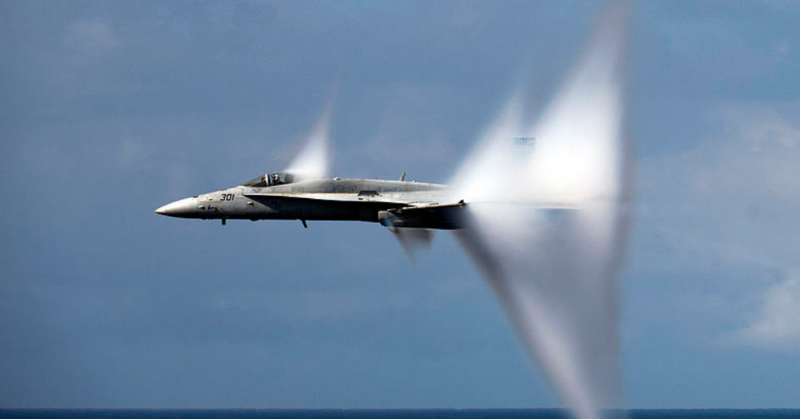On Tuesday September 4, 2018, a brand-new F-35C Lightning II and an F/A 18 Super Hornet were damaged while carrying out in-flight mid-air refueling over the North Atlantic Ocean. The damage to the Lightning was rated Class A, which means that the repairs are expected to run into the millions of dollars.
Nevertheless, both aircraft were able to land safely, and no crew members were reported injured. The F-35C is the naval variant of the Joint Strike Fighter and was based on the aircraft carrier USS Abraham Lincoln (CVN-72). The F-35C that was involved in the accident returned to the aircraft carrier while the F/A-18F Super Hornet landed at Naval Air Station Oceana in Virginia.
A statement was released by the Naval Air Forces Atlantic spokesman, Commander David Hecht, to the USNI (United States Naval Institute News). Testing was being carried out before the expected IOC (Initial Operational Capacity) date of February 2019. However, previous dates have been set and missed. According to US Navy sources, an official investigation is pending.
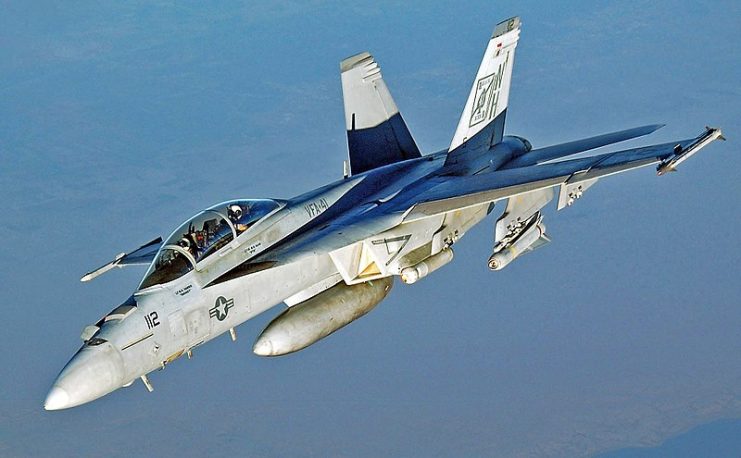
To achieve IOC, the Navy has to demonstrate that it has the capacity and ability to sustain ten FC-35s, including all logistical, maintenance, and manpower requirements to full operational levels while at sea. Of the three U.S. forces operating the FC-35 (the Marines, the USAF, and the Navy), the Navy is the last to achieve this milestone. Even so, there were successes reported in August 2018 making this the first practical setback since then.
https://youtu.be/SGUFHGuwZxI
U.S. Navy Rear Admiral Dale Horan is the director of Joint Strike Fighter Fleet Integration for the Navy. He told reporters on board the USS Abraham Lincoln that the operations underway were in order to confirm how the F-35C “Integrates with the ship, how it interoperates with communications, data links, other aircraft, and then how we conduct the mission and tie into the other aircraft that are conducting that mission and how effective they are when they do it.”
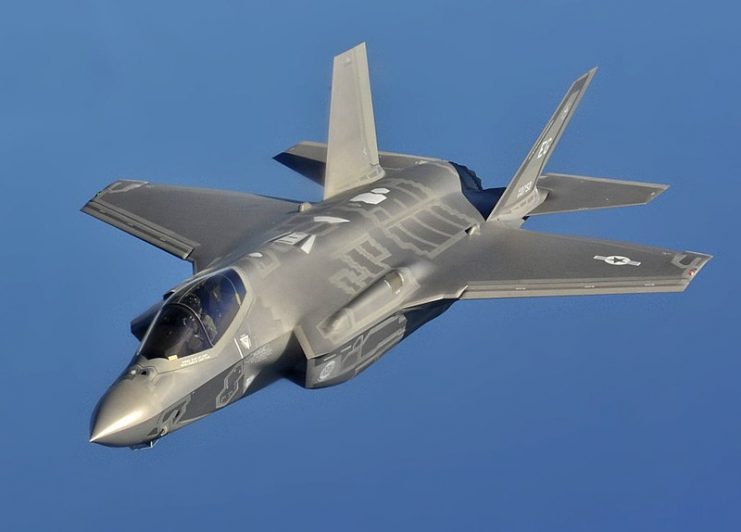
The F-35C Lightning’s engine was damaged when debris from the aerial refueling equipment being trailed by the Super Hornet tanker aircraft was ingested into the F-35C’s engine.
A Class A ‘mishap’ is the highest category of military aircraft damage and occurs when either an aircraft is destroyed, the repair is valued at more than two million dollars, or the incident involves a serious injury or fatality.
For example, the FC-35’s engine is a Pratt and Whitney F135 jet engine, said to be the most powerful and advanced jet engine of its kind. If this single item had to be replaced, then the bill could potentially land in the region of fourteen million dollars, even before any other avionics, systems, or structural issues have been assessed.
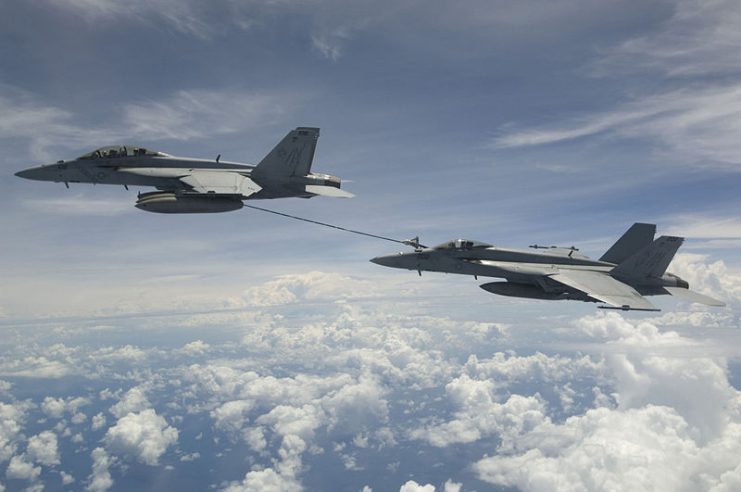
There have been previous issues with the nose wheel oscillating vertically during catapult launches at some aircraft weights. The Navy is also working on solving a problem involving helmet visibility which compromises the pilot’s view of an aircraft carrier’s nighttime landing light systems.
Currently, it is reported that the Marines have concerns regarding lightning strikes and it is said that some foreign F-35 operators will have the ability to block the F-35’s systems from sending data back to the U.S. through the Sovereign Data Management (SDM) system.
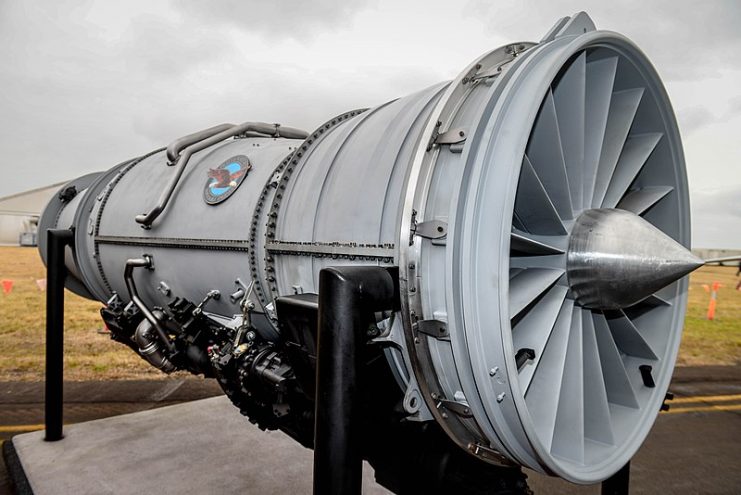
Read another story from us: F-35 Lightning II Targeted in Online Hack Operation
However, taking the long view, the integration of the FC-35 has been a great success. In the 1960s, when the first supersonic jet fighters were being tested, it was normal to damage or destroy an aircraft on average every three days.
The UK Ministry of Defense is also confident of achieving its target of IOC for the FC-35 in December 2018, while Turkish pilots continue to receive training.
